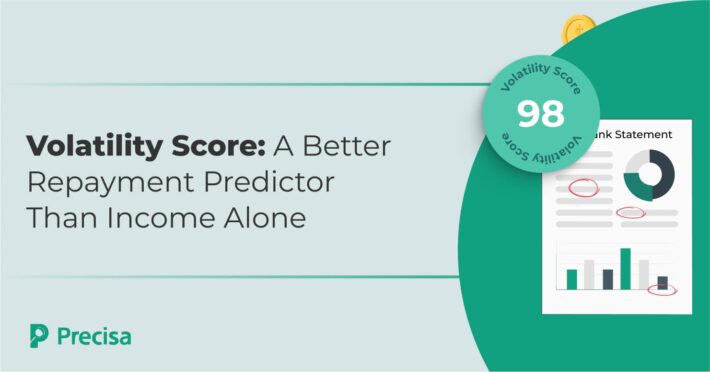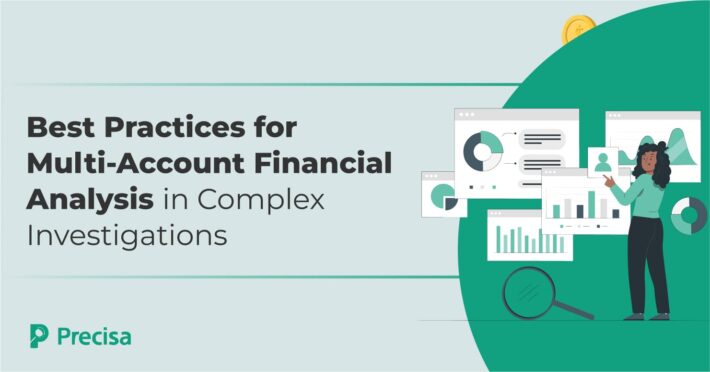Decoding the Emerging Trends in Loan Products

The financial lending industry has witnessed aggressive disruptions in recent times owing to the pandemic. Other than the increased need for end-to-end digitisation, plenty of other essential lending trends surfaced in 2020 to date.
Consumer lending overall noticed a tremendous spur as people tried to keep up with the effects of the pandemic. With job losses, pay cuts and reduced business in almost every sector, people turned to loans to meet their emergency expenses. Consequently, the ratio of delinquent/bad loans increased significantly during this period.
According to the report ‘Mapping the Indian Retail Lending Landscape’ by PwC in May 2021, a total of over INR 9 trillion was stuck in accounts classified as bad loans. Much of this can be attributed to the slow economic activity and increased unemployment.
So what lies ahead for the global lending industry worth $6932.29 billion (2021)? How will the once-in-a-century pandemic change the market as we know it? Here’s all you need to know:
Top Trends in the Lending World to Look Out For
The lending industry needs to enlist newer and better ways to monitor loan policies and improve the loan origination. In line with this need, more specific trends can be seen emerging in the lending landscape today.
1. Fintech Partnerships
Fintech is the blue-eyed boy on the block, especially for the lending companies as they are rearing to enter meaningful partnerships and collaborations.
In the coming future, the emerging fintech platforms will help digitise all lending operations for the lenders and provide more access to upcoming tech products such as fraud checking, digital signing, video KYC, credit scoring, ID verification, etc. As a result, more tie-ups with data providers, third-party processors and technology companies will be underway in the coming future.
2. Increase in Small Ticket Loans:
According to a report by TransUnion CIBIL and Google, the last quarter of 2020 saw origination and disbursal of a majority of 60% of personal loans under Rs.25,000. The increase in small ticket loans was particularly related to the COVID-19 pandemic, which has hugely impacted the borrowing pattern of consumers.
With reasons such as salary cuts, job losses, unexpected medical emergencies, inability to pay monthly rents, purchase of new health insurance policies, etc., the average demand and disbursal of small ticket loans increased significantly. As a result, many new-age lending platforms have risen to the opportunity and come up with several Buy Now Pay Later (BNPL) options for the customers.
3. Use of AI and ML
With the introduction of Artificial Intelligence and Machine Learning, the lending world is set to register record growth. These technologies have managed to change the face of lending for good by helping crunch massive amounts of customer data available today.
Through their ability to predict customer repayment behaviour, these powerful tools provide a bird’s eye view of an applicant’s credit lifecycle and give a holistic outlook to make informed lending decisions. AI and ML have been proven to be effective ways to expand loan operations.
Besides, the implementation of AI and ML also helps enhance the financial inclusion efforts of lending institutions. For example, Harvard Business Review revealed how women have to earn 30% more than men to qualify for an equivalent loan amount in one of its studies. AI and ML have inbuilt algorithms that help keep lending biases at bay.
4. Hyper-Personalization
In the wake of the pandemic, a lot of mortgages are under forbearance. Lenders allow forbearance on a mortgage under exceptional circumstances, which is nothing but letting the borrower pause or reduce loan repayments until they can build back their finances.
According to Deloitte, to overcome this lull phase, the solution is to offer a hyper-personalised service that delivers a personalised customer experience. This is especially true for Gen Z, a generation that has not seen a world without the internet. As a result, they have high expectations of highly personalised financial products and customer service without physically visiting a bank.
In the world of contactless payments and online purchases, customers are increasingly being drawn towards financial products that are tailored to fit their requirements, all while sitting within the comfort of their homes.
Therefore, personalised banking experiences will lend a human touch to the tedious financial processes and attract more Gen Z members.
5. Stronger Risk-Identification
The all-time high rates of delinquent loans have led to the emergence of one significant trend in the lending life-cycle, i.e. deploying adequate resources to identify and predict low-risk customers.
Lenders are on the lookout for borrowers who can make consistent loan repayments, contributing to good loan recovery. Many fintech firms have introduced bank statement analysis tools that can quicken the laborious process of parsing through multiple financial statements of potential borrowers.
By deploying these tools, banks and NBFCs are better disposed to ascertain the actual creditworthiness of an applicant, thereby reducing the risk of bad debts considerably.
Precisa offers a bank statement analysis tool for lenders, which offers deep-driven ML insights and calculations that dramatically increase lending operations’ speed and accuracy. Contact Precisa today for a product demo or sign up for a free trial in seconds to explore the product features.


